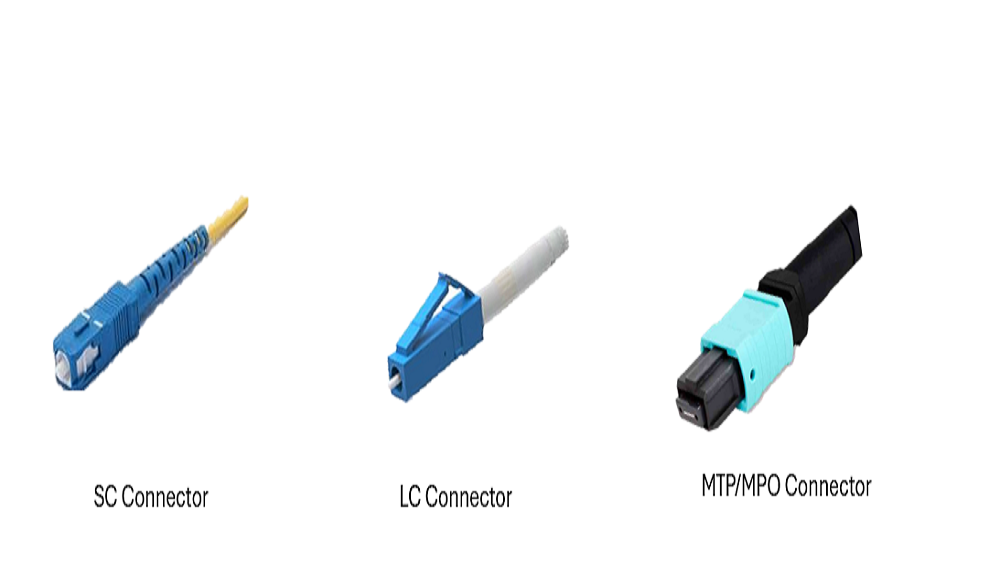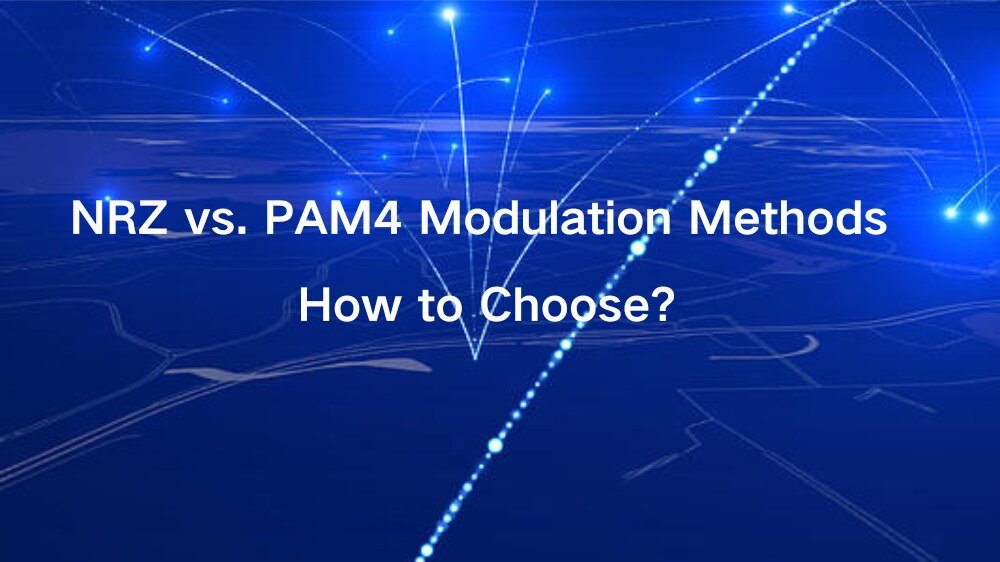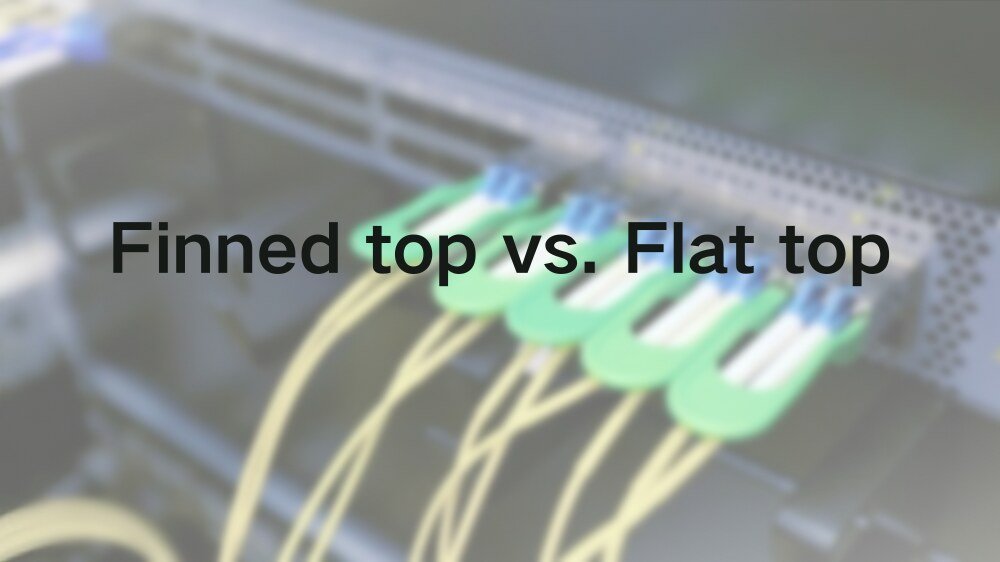Direct Attach Cable (DAC) Overview: A Simple Guide
Direct attach cables (DAC) are interconnect solutions that are widely used in data centers and network environments. This article will explore what DACs are, how to use them (advantages and disadvantages), the classification of DACs and their comparisons to other optical transceivers’ connectivity solutions, and the common data-rate types of DACs. What is a Direct Attach Cable (DAC)? Direct Attach Cable (DAC) is a fixed-length, pre-terminated cable assembly with integrated transceiver modules at both ends. It is typically used to connect network devices, such as switches, routers, and servers, over short distances, typically within or between adjacent racks. DACs are available in copper or fiber optic models, with copper […]
400G QSFP112 SR4 VS QDD SR4 VS QDD SR8:What are the differences

As the demand for data centers and network infrastructure continues to increase, so does the need for higher-speed and more efficient data transmission solutions. Against this backdrop, 400G fiber optic transmission technology has emerged as an important technology for large-scale data centers, cloud computing, and high-performance computing. Today, there are several different types of 400G optical modules on the market, including QSFP112 SR4, QDD SR4, and QDD SR8. Although these modules all belong to the 400G transmission standard, there are significant differences in interfaces, bandwidth, and transmission distance. In this paper, we will delve into the main differences between these three modules to help understand their advantages and applicability in […]
Everything You Need to Know About 32G SFP28 FC Transceiver

Features of 32G SFP28 Optical Transceivers Before I introduce the 32G SFP28 FC transceivers, I would like to introduce you to Fibre Channel technology (FC). Due to its high bandwidth and low latency, Fibre Channel technology plays an important role in the process of high-speed data transmission and timely response. Because of this technology, 32G optical modules have the following characteristics: High-speed transmission: It supports high-speed data transmission with a real transmission rate of up to 28.05Gbps. Backwards compatible: Backwards compatible with 8G and 16G Fibre Channel standards. Flexible application: FC technology supports multiple topologies, enabling 32G optical modules to flexibly adapt to various network scenarios. Stable and reliable: FC […]
100G LR4 vs CWDM4 vs PSM4 Transceiver:Explore the Differences

100G LR4, CWDM4, and PSM4 are three common types of 100Gbps optical transceivers, and they are all important components of data center and telecom networks. What are the differences? This article will explore the main differences between these Optical Modules and help you choose the right one. Overview of 100G LR4, CWDM4 and PSM4 LR4: Long Range 4 (LR4), is a 100G transceiver with 4 Independent LAN-WDM channels to transmit data over a longer distance. LR4 can achieve a 100Gbps data rate, with a maximum link length of 10km via Single Mode Fiber (SMF). CWDM4: Coarse Wavelength Division Multiplexing 4 (CWDM4). It is compliant with 100G CWDM4 […]
Comparison of Common Optical Module Connectors

When you buy an optical module, the type of fiber connector must be one of the main factors you consider. Choosing the right fiber connector can not only improve propagation efficiency and reduce loss, but also have an important impact on the stability and compatibility of the connection with external fiber optic networks and other equipment. So do you know what are the differences between the connectors we commonly use, and how to choose according to their characteristics? Next, we will take you to compare and understand the commonly used optical fiber connectors(SC, LC, MTP/MPO) from three aspects: Appearance structure The SC connector has a blue rectangular shape and adopts […]
NRZ vs. PAM4: What are their differences?

With the rapid increase in data transmission demand, to improve the transmission efficiency and rate, there are different modulation methods. Among these modulation methods, NRZ and PAM4 are the two most widely used coding methods. This article will discuss the NRZ and PAM4 modulation modes in optical modules, including their definitions and comparisons. Definition of NRZ NRZ (Non-Return to Zero) is a traditional digital signal encoding method. The binary “0” and “1” are represented by two different levels of voltage. In NRZ encoding, the time of each symbol remains constant, which means that the signal level stays high or low and does not return to zero. This makes it […]
Application Prospects of CPO Technology

Have you ever heard of CPO(Co-packaged Optics) technology? CPO tightly integrates optics and electronics, combining high performance with low power consumption, to increase data rates and reduce latency. Furthermore, CPO has the potential to be utilized in a diverse range of applications. Next, we will dive into the prospects of CPOs in different applications. Data Center & Cloud Computing The deployment of CPO technology in data centers achieves a significant reduction in connection length and distance. This is accomplished by packaging optical modules and chips within the same package. As a result, communication efficiency is greatly improved. This technology enables data centers to implement functions such as high-speed network switching, […]
Finned-top and Flat-top Design in 400G/800G Optical Transceivers

Finned top and flat top designs refer to different ways of thermal design of optical modules. This will directly affect the transmission stability and overall performance of the module. This article will explain what they are and how to choose them. Finned top vs. Flat top Finned top refers to the top of the optical module with a fin-like structure. This design can improve heat dissipation, usually used in high-power equipment that requires a lot of heat dissipation. Flat top means that the surface of the optical module is flat. This design is usually used for lower-power modules. How to Choose: Finned-top or Flat-top? Power Consumption and Heat Dissipation […]

